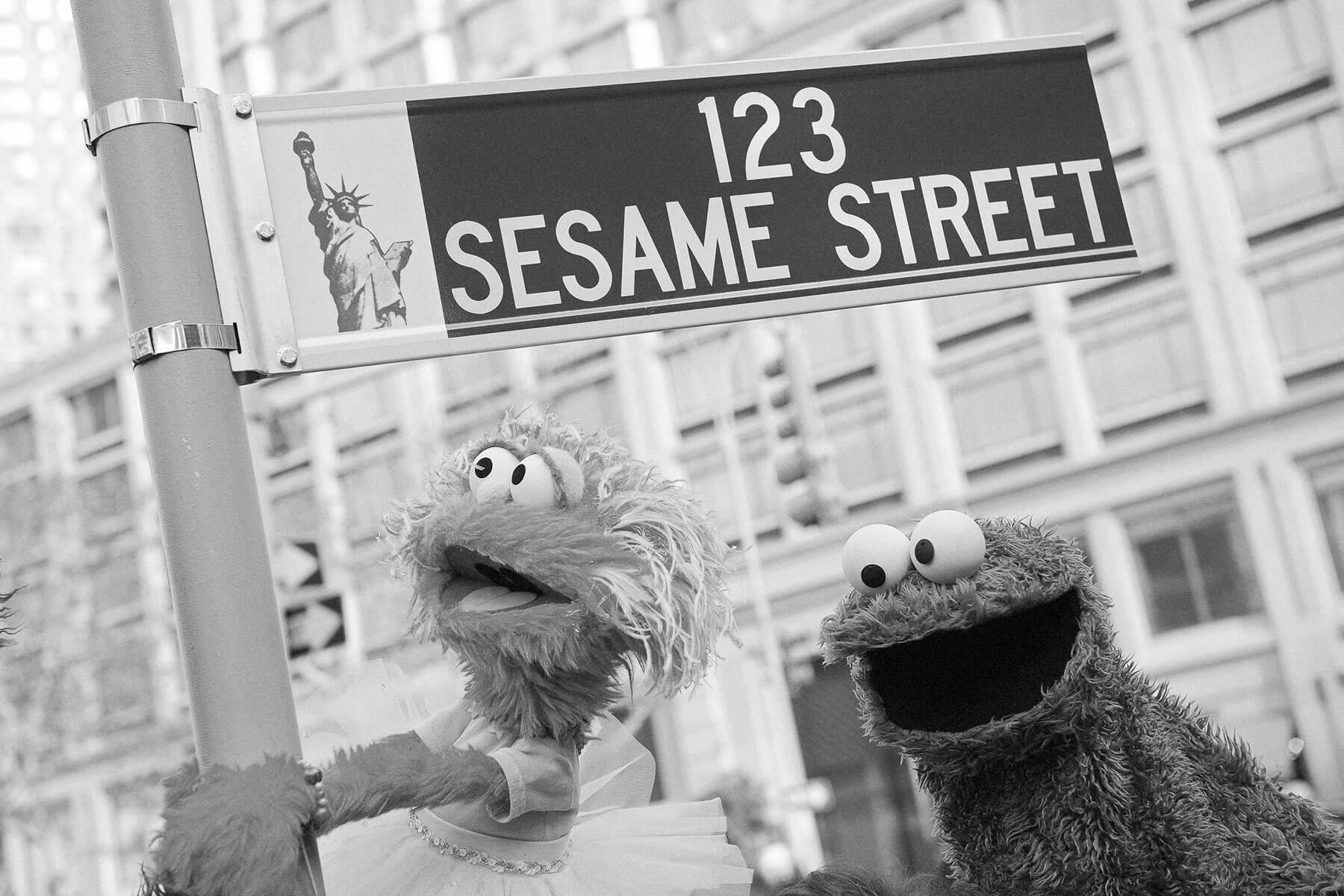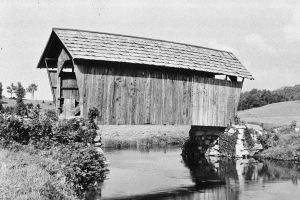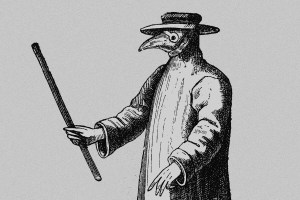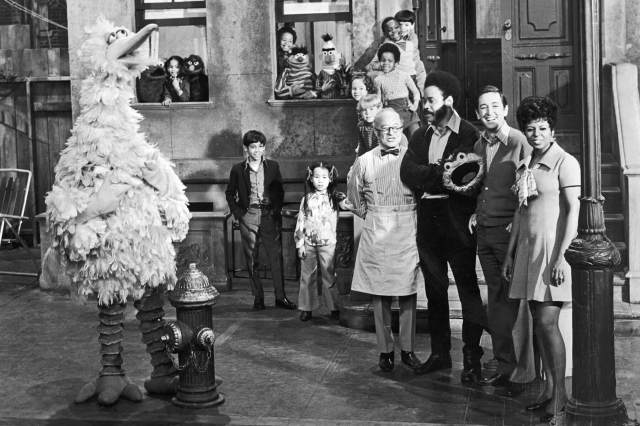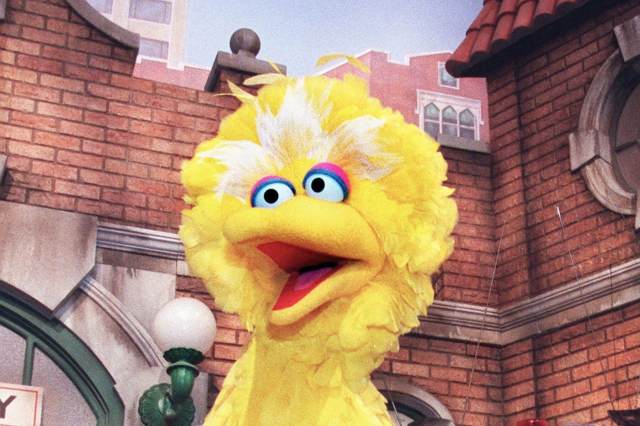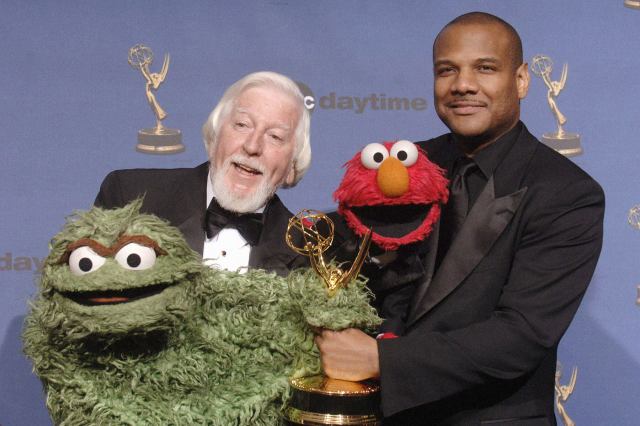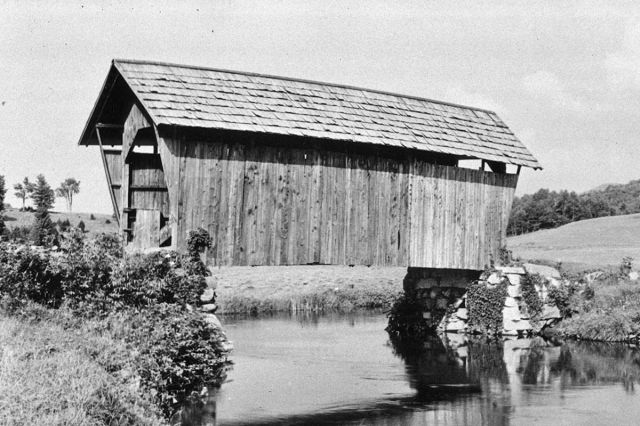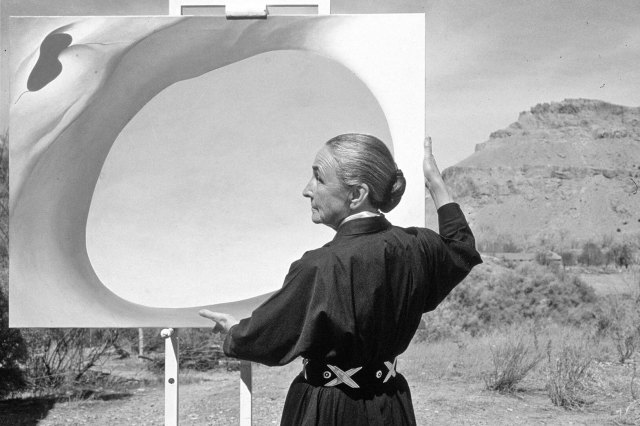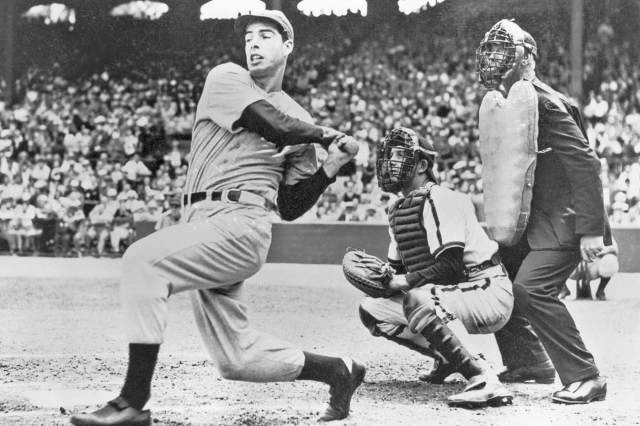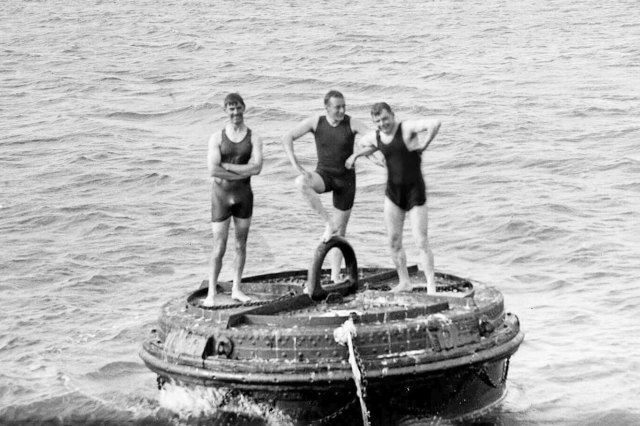Sunny Days: A Brief History of “Sesame Street”
From its very first episode in 1969, Sesame Street captivated the imaginations of America’s youth, using research-based programming to reinvent children’s television. Created by Joan Ganz Cooney and Lloyd Morrisett in the late 1960s, the show aimed to not only entertain, but educate — and it did just that. It’s been called the “largest and least-costly [early childhood] intervention that’s ever been implemented” in the United States.
Through its diverse characters and cast members, the show reflected the real world, and its fast-paced storytelling, repetition, and humor helped impart valuable life lessons. Sesame Street quickly became more than just another TV show: It’s been a trusted companion for generations of families. Read on to learn more about the history of the show that, through its commitment to inclusivity and social change, has left a profound mark on society — and made Big Bird a star.

A New Kind of TV Show
The seed that grew into Sesame Street was planted at a fateful Manhattan dinner party hosted by Joan Ganz Cooney, a producer with a background in education. At the time, Cooney was working for WNET/Channel 13, where she produced public affairs programming, including an Emmy Award-winning documentary about poverty in America. The guest list at the dinner party included Lloyd Morrisett, vice president of the nonprofit Carnegie Corporation. As the conversation turned to television, Morrisett shared that his young daughter was so mesmerized by TV that she would sit and stare at nothing but the test pattern. Morrisett, who was also a psychologist, wondered whether the medium could be used to teach children.
Inspired by the conversation, Cooney went on a three-month trip around the country to interview educators, psychologists, television producers, and more. The result was a study called “The Potential Uses of Television in Preschool Education.” It proposed a new kind of children’s television program — Cooney envisioned a fast-paced format similar to a sketch comedy show. She wanted to foster a strong connection between the show’s characters and the audience. And most of all, she wanted it to teach the young minds that would be watching, especially kids from lower-income and marginalized communities who often slipped through the cracks.
The yet-unnamed show went into development at the newly formed Children’s Television Workshop (now known as the Sesame Workshop). Morrisett helped raise the funds to make it happen, and in 1968, Cooney hired Jon Stone from the children’s show Captain Kangaroo to produce and direct the project. That summer, Stone brought a former colleague, a puppeteer named Jim Henson, to one of Cooney’s workshops. Together, Stone and Henson produced a pitch reel for the show featuring some of Henson’s Muppets, including Kermit the Frog and Rowlf the Dog. “Hey, Rowlf, why don’t you call your show ‘Sesame Street’?” Kermit says in the reel. “You know, like ‘Open Sesame’? It kind of gives the idea of a street where neat stuff happens.”





